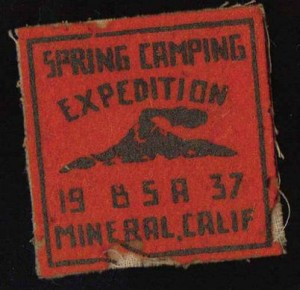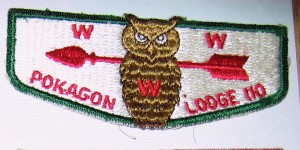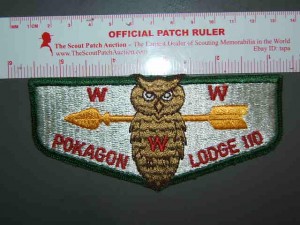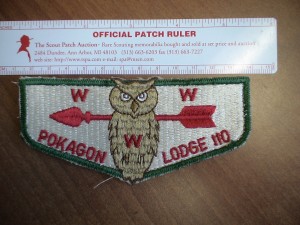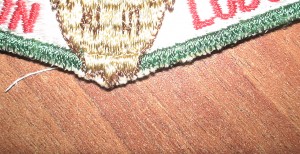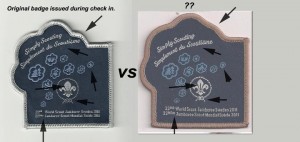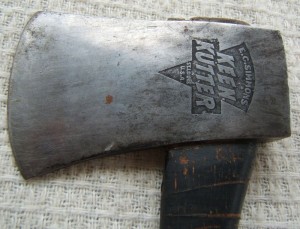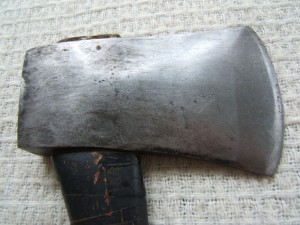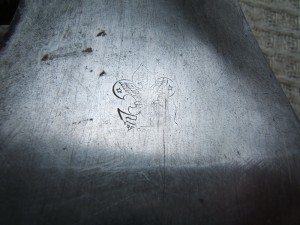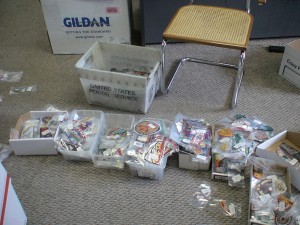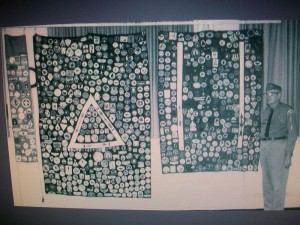IDing the True Pokagon First Flap
Got into a discussion with Pokagon 110 alumnus Jim Scherbarth of Illinois about Pokagon’s first flap. We both agreed that most folks get it wrong and as a result don’t have the true first flap. This came up because we were both at the Columbus TOR where someone had the wrong Pokagon cataloged as the S1. Then again later this week someone asked for an offer on a collection. In it was supposedly a Pokagon S1 but when looking at the picture, it was not.
Here’s a picture of what is commonly thought to be the S1 but is NOT!!!
Digging deeper I went to OAimages.com. What’s on there today is the wrong patch. I went to the book First Flaps in Color. The one pictured there is wrong. Finally I had to get to the first edition of First Flaps by Morley, Topkis & Gould to get a picture of the correct one. Arapahoe 2’s completely mixed up in their sequencing of the issues but this was being done just on Dave Leubitz’s recollection.
What Jim has pointed out to me over the years is that the true S1 first flap is just like the Chief’s issue, S2, but with red arrow. Unfortunately that does not help most folks have never seen the Chief’s issue. Its one of the rarest patches in the hobby.
Here’s the S2 chief’s issue:
Now here’s a picture of the true Pokagon first flap:
and a close-up of the tail:

